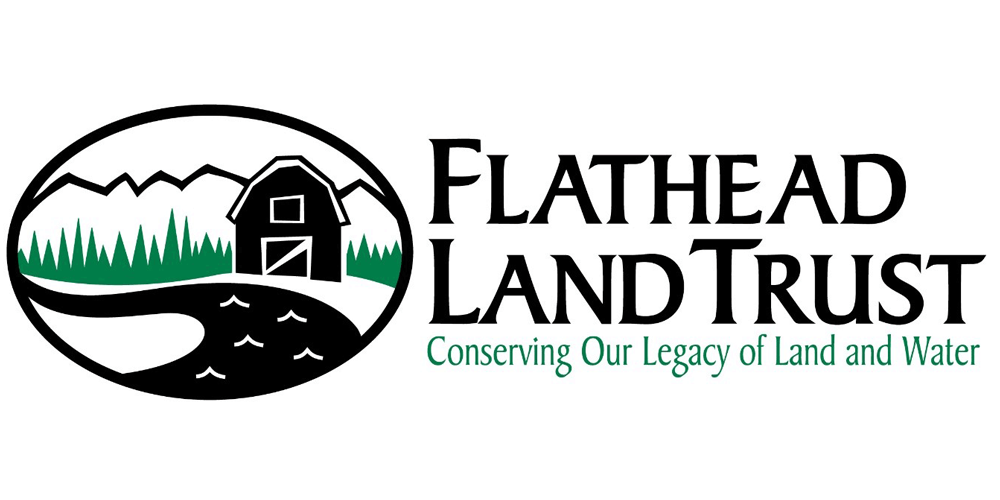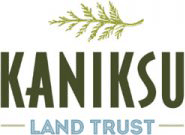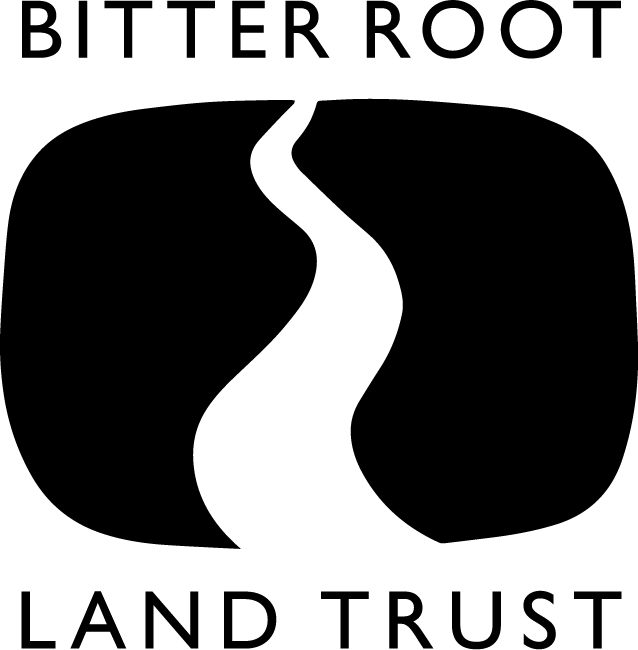A conservation easement is a negotiated agreement between a landowner and a land trust that essentially establishes the landowner’s commitment for retaining his or her property as open lands. In essence, a conservation agreement is a voluntary legal agreement that limits the landowner’s ability to develop the land, and calls for conservation of the property’s agricultural and natural values.
In many cases, farmers or ranchers will initiate contact with a land trust or public agency with an interest to learn more about how conservation easements work and about the land trust or agency itself. A conservation easement is based on a willing buyer/willing seller arrangement, and is not part of any local, state or federal regulatory process. A conservation easement is willingly negotiated between two parties, and it is transactional rather than regulatory.
A conservation easement is negotiated between the landowner and a land trust tailored to the unique character of the land and the conservation goals of the landowner, so easements vary in intent and purpose. Conservation easements restrict subdivision for residential or commercial activities, and prevent the dumping of toxic waste and surface mining. State law requires a conservation easement accomplish at least one of these three conservation purposes:
- Protection of open space (including farmland, ranchland and forestland),
- Protection of a relatively natural habitat for fish, wildlife or plants, or
- Protection of lands for education or outdoor recreation of the general public.
Ultimately a conservation easement limits some uses of private lands, protects conservation values and retains working farmlands, ranchlands and forestlands. Typical negotiated items within the easement may include the number and location of building sites, non-agricultural use of the property, and the defined parcels that encompass the easement.
In many cases, the farmer or rancher has such a bond with—and passion for—the land that the landowner has one simple wish: To conserve the land, to keep the property whole and intact for agricultural production, after the landowner and the rest of us are long gone. The best way to permanently conserve private lands is through a conservation easement. Farmers or ranchers who donate a conservation easement may be eligible for federal income tax and estate tax benefits. The easement restricts commercial, industrial and residential subdivision development of the property, so in a practical sense the land value is diminished with the easement. Since that land value is voluntarily diminished—and voluntarily diminished for public benefit—the landowner can receive potential federal income tax benefits. In some cases, the landowner is paid for entering into a conservation easement, rather than a landowner donating the value of the easement (or there can be a mixture of tax benefits and income). The on-the-ground result is the same: Open lands, continuation of working farms and ranches, protection of wildlife habitat and preservation of what makes Montana such a unique and special place. In other cases, the landowner may donate or in other ways convey an easement to a land trust for more altruistic reasons.
The value of a conservation easement is determined through an appraisal performed by a qualified appraiser (Certified General Appraiser). Typically, the landowner pays for the appraisal, which means the appraiser works for the landowner (as opposed to the land trust). The value of a conservation easement is the difference between the value of the land unencumbered by a conservation easement, and the value of the land after the easement encumbers the land. Usually, (but not always) because the easement limits development potential of the land, the value of the land is reduced once the easement is in place.
No. In fact, the opposite is true. A typical conservation easement not only allows – it encourages – the property continue to be used for agricultural production, grazing and timber harvesting. In most conservation easements, landowners do not have to modify their agricultural management activities. In other words, a conservation easement may limit subdivision or development potential of the land, but an easement does not limit agriculture production of the land. An exception to that rule is when a conservation easement eliminates the ability of the landowner to convert pastureland to cropland. Conservation easements also allow and encourage active forest stewardship and forest health.
No. Local property taxes continue to be paid by the landowner.
A conservation easement can be amended, but not easily, and only after following the land trust’s amendment policy and also following national standards and practices for amendments. Montana law allows for a conservation easement to be terminated, but only after specific legal specifications have been approved and followed, and only after the purposes for creation of the conservation easement are no longer valid or can be maintained.
Three main reasons. One, many landowners who grant a conservation easement want assurances their property will be conserved and remain in agricultural use not just through their lifetime, but permanently. Two, federal law requires the conservation easement be held in perpetuity to qualify for federal income tax and estate tax benefits. Three, for programs that produce mitigation credits – for programs like wetlands and sage grouse – perpetual conservation easements generate the most credits and most effectively offset impacts to wetlands and sage grouse habitat.
Generally, no. The main purpose of land trust-held conservation easement is to protect and conserve open lands, protect and conserve wildlife habitat, protect and conserve working farms and ranches, protect and conserve healthy forests, and protect and conserve stream corridors. In most cases the land trust and landowner agree within the conservation easement document that recreational access to the property is determined by the landowner. However, land trusts support voluntary enhanced and expanded recreational access to both private and public lands, and have worked at the legislative level with agricultural organizations and others on cooperative access programs. In addition, some MALT members have active trail programs that significantly expand hiking and other recreation opportunities in their areas.











